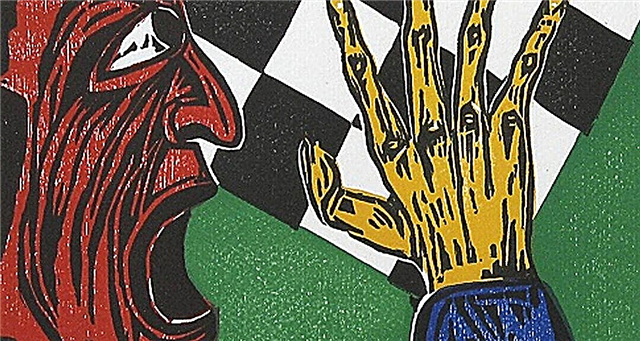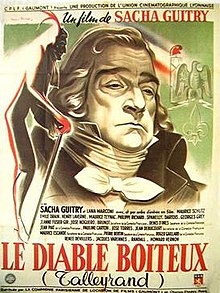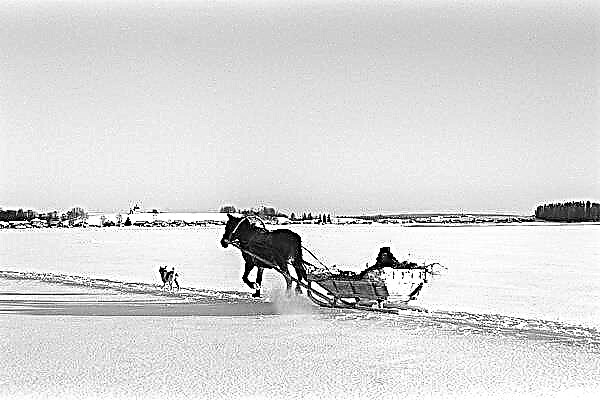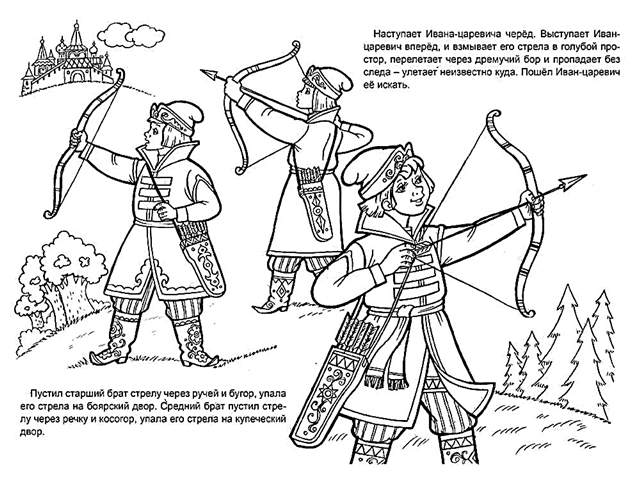Charles Baudelaire is a great master of the 19th century. His work is very ambiguous: his works have a certain demonic, destructive and creative coloring and are composed "from the opposite." They are full of allegorical and duality images. A striking example is the poem "Albatross", which is one of the most famous poems from the collection "Flowers of Evil."
History of creation
This poem was written in 1842. This is the period of early Baudelaire. In 1842, he became the heir to a very large fortune (75,000 francs), which he inherited from his father. In the same year, Charles Baudelaire met his beloved Jeanne Duval. This period was a real revolution for him.
Gradually, Baudelaire began to gain popularity. Money, frivolity and debauchery killed everything alive and pure, humane in the poet, but this had a positive effect on his work and gave him recognition and “zest”. Baudelaire sounded a funeral march, a sarabande in the minds of millions of listeners. Also, his work is closely linked with the works of Edgar Allan Poe, who was also distinguished by the tragedy and gloom of fate, was an avid alcoholic and adhered to such a literary trend as symbolism. Acquaintance with his literature left a deep imprint on Baudelaire's poems. The poet also devoted 17 years of his life to translating Po's works into French.
Charles Baudelaire was not accepted and recognized by his era. He was killed by a misunderstanding on the part of society and his own licentiousness. This is reflected in his poem "Albatross".
Genre, direction, size
The work is written in the size of a six-foot iamba, has a cross rhyme. The genre of this poem is elegy.
The poem can undoubtedly be attributed to decadence in its pure manifestation. The features characteristic of this literary movement can be traced in the work: sensations obtained in the process of empirical experience, having a dual, contrasting color (from beautiful and sublime to disgusting and vulgar), a certain hopelessness in the syllable (the poet’s dreams will remain only illusory), gloom.
Images and Symbols
The central image in this poem by Charles Baudelaire is the albatross - the embodiment of the image of the poet himself. Sailors - the audience of the writer, which feeds on his work, like a parasite, perceiving this not as high art, but only as some kind of entertainment:
When in the sea way longing nibbles the sailors,
They, wanting to pass the free time,
Careless birds are caught, huge albatrosses,
Which ships love to escort.
A ship and a boat are a symbol of a human shaky fate, swayed by a storm and bad weather. The sea in this context symbolizes a raging, boiling and cruel, destructive life for the author. Baudelaire tells us that the poet is an involuntary captive of his work, a beautiful, proud bird enclosed in a cage. He elevates poetry to clouds, lightning and thunder. The “wings” of the lyrical hero prevent him from going down to earth and being accepted by a society that is so far from his philosophical, unearthly and highly organized views, unburdened by matter. Albatross is also a symbol of freedom in captivity in only one element - creativity.
Themes and Issues
- The main one in this work can be called mutual understanding of the poet and society. Primitivism and the consumer attitude of society to everything is an obstacle to the realization of the value of art.
- Another question raised in this poem is value problemexisting in society. The basic needs for people are: entertainment, getting pleasure of a different nature, but not the craving for the beautiful and high.
- The leitmotif of the poem becomes freedom theme. Its source, according to Baudelaire, is creativity. It undoubtedly tyranges the poet’s soul, but in return gives an incomparable sensation of flying over the vanity and vulgarity of being.
- Rock themeone way or another, can be seen in all the work of Baudelaire, because he, being a seriously ill person, lived in anticipation of death. That is why fate in his eyes is a volatile and wayward element, indifferent to human grief.
Meaning
The meaning of the poem is that the poet will never be free from condemnation and "booing fools." His work serves as a fleeting entertainment for a vulgar and frivolous society. His “gigantic wings” are an unconscious imprisonment, a reason for ridicule and criticism. However, true freedom can only be found in solitude, creation and harmony with oneself; therefore, surrendering to the will of the elements, the creator gains independence.
Also, the idea of this poem embodies the author’s position in relation to society and life in general. Being seems to him a dreary, monotonous sea voyage through the deadly abysses, where people are getting stupid, callous and find nothing better than cruel amusements and persecution of those who gained freedom over the squalor of reality.
Means of artistic expression
Baudelaire's works abound in epithets. The poem "Albatross" is no exception. Only a true genius can afford the diversity and abundance of epithets. For example, in the description of albatrosses, the poet uses such adjectives as “careless” and “huge”, thereby emphasizing their naivety, openness and a certain inspired, sublime ease. The author focuses on the ideality of the bird: “the fastest of the messengers”, “snow wings”, “gigantic wings”.
Baudelaire also actively uses the antithesis, for example, contrasting the “fastest” and “overweight”, “beauty” and “ridiculous”, “flying” and “walking”, thereby emphasizing the imperfection of the world, the huge gap between the perception of the poet and society.
Criticism
The poem "Albatross" is recognized as world famous and is a classic of the era of symbolism and decadence. Like all of Baudelaire's works, it sparked a wave of heated discussion among critics. Jean-Paul Sartre wrote about his work the following:
For himself, he chose existence, while for others - being.
Baudelaire is a man who has tried to see himself from the side, like another, and his whole life is the story of this failed attempt.

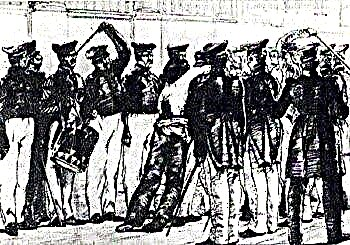
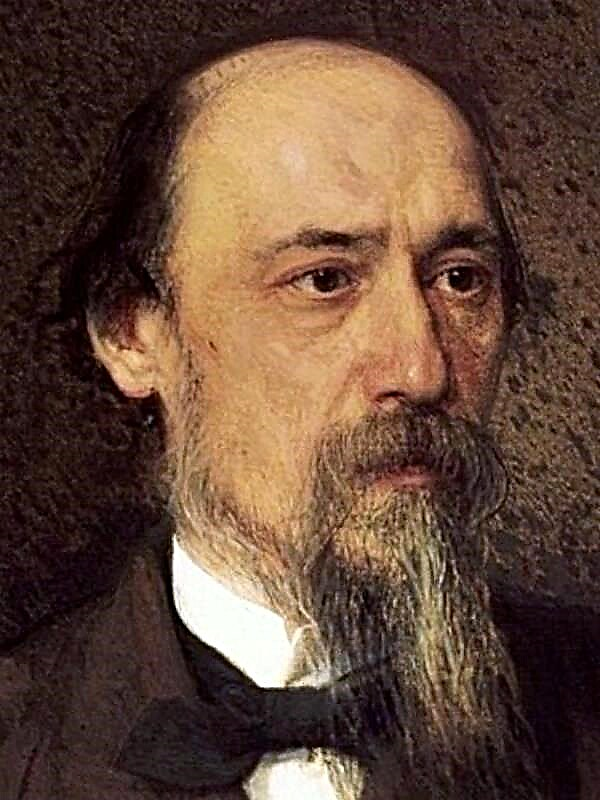
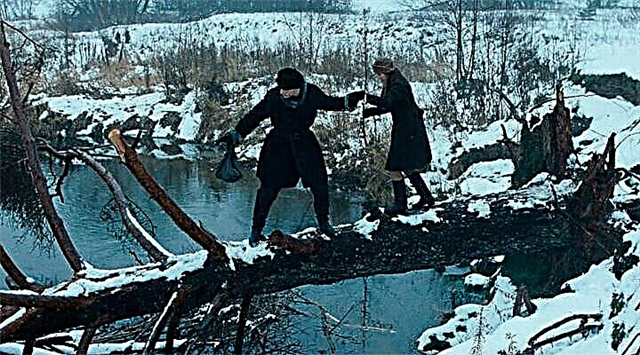
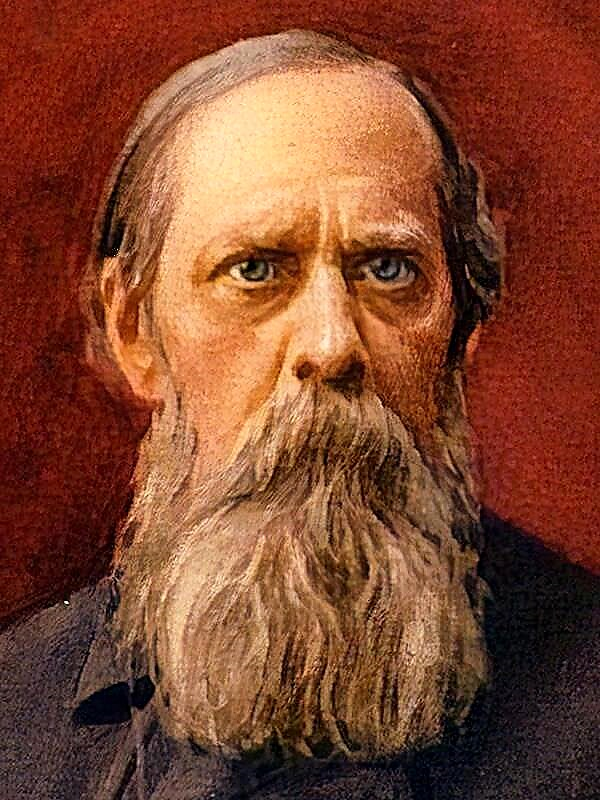
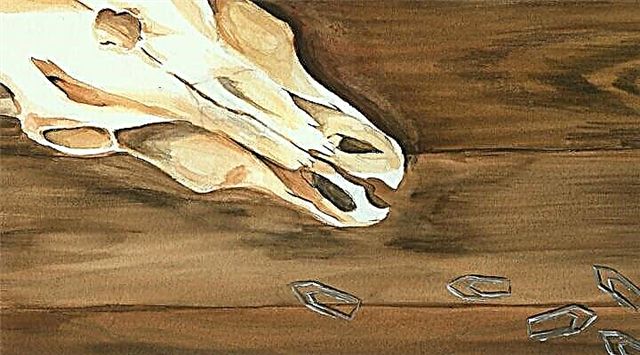 Wonderland without brakes
Wonderland without brakes